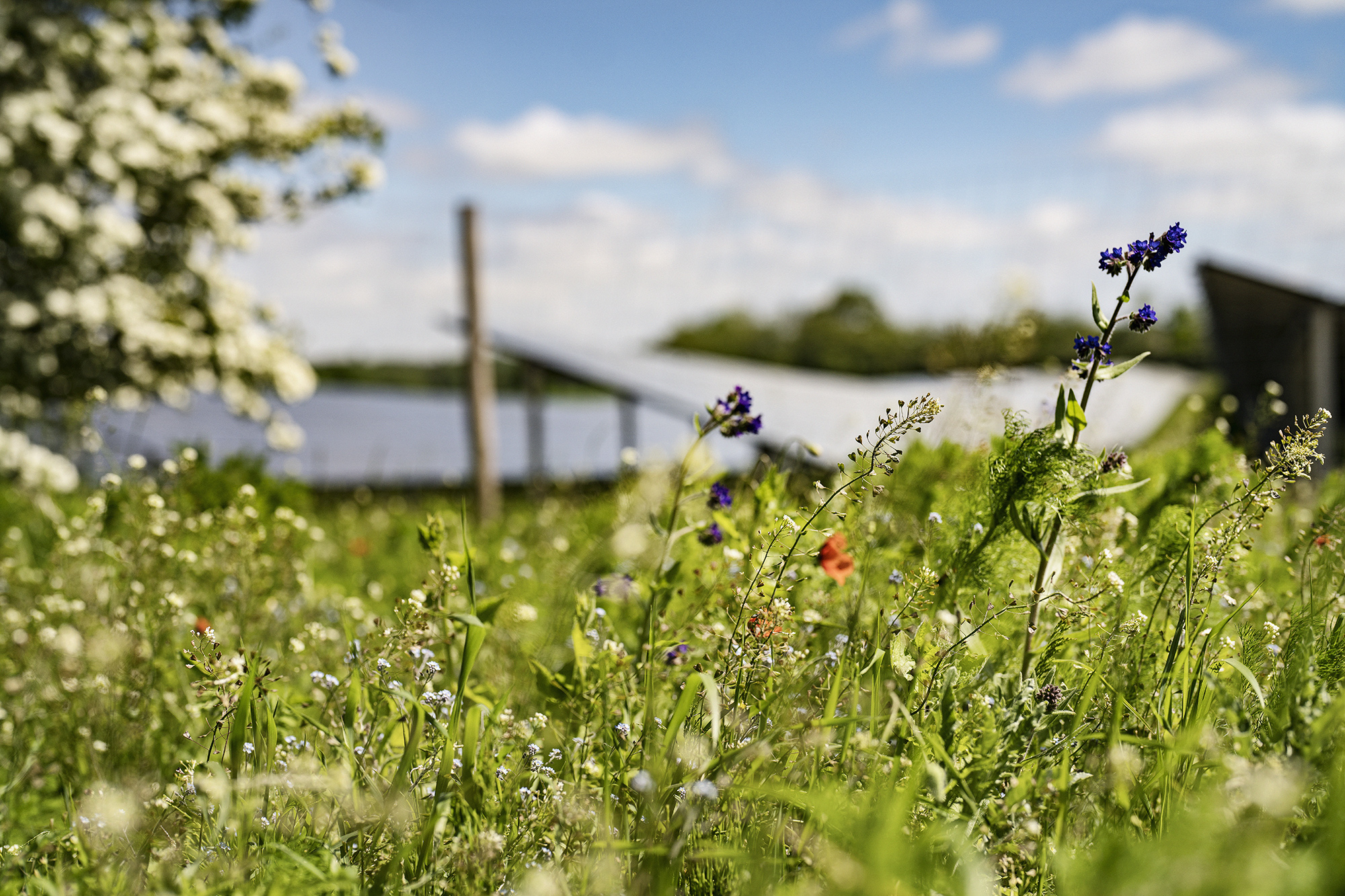ESG Report 2021: Solar parks should increase biodiversity and protect groundwater
Better Energy's ESG Report 2021 shows how local involvement is the key to creating synergy effects with large solar parks. The green transition, when done right, means sustainable power production can bring increased biodiversity and cleaner drinking water.

Better Energy has just released the company’s sustainability report for 2021 which reveals how a leading renewable energy company focuses on the many opportunities for creating synergy effects in the green energy transition. Groundwater protection, biodiversity enhancement and lowland restoration are three of the positive effects that Better Energy is trying to make an integral part of solar park projects in Denmark, Sweden and Poland.
Local involvement is key
The key, says development director at Better Energy, Esben Billeskov, is local anchoring:
“The prerequisite for the development of projects with lasting synergy effects is that they have evolved and can create value locally. We can only achieve the green transition at scale if we can ensure local support.”
In 2021, that ambition was translated into over 60 local areas engaged, over 40 citizen meetings held, and over 500 individual meetings held with potential neighbours to solar parks.
Better Energy involves local communities very early in the development process, holding both general town hall meetings with local citizens and individual meetings with neighbours. The aim is to ensure local support and respond to concerns, but to a great extent, this involvement is also an effort to gather local ideas which contribute to finding the best solutions.
Groundwater protection and increased biodiversity
An obvious example of a synergy effect is the protection of groundwater. The solar park in Svendborg Øst produces green electricity for around 20,500 Danes a year, and in addition to green energy production, the site is located on land areas with special drinking water interests and drinking water wells. These land areas will be kept free of fertilisers and pesticides for the next 30 years.
Similarly, initiatives designed to increase biodiversity are an integral part of Better Energy's projects and part of the design process from the start, wherever possible. In close collaboration with Habitats, a consultancy focusing on biodiversity, Better Energy has now begun to document the regenerative effects solar parks can have on previously cultivated land at its park in Blangslev, Denmark.
“The more land we manage, the greater positive impact we can have. When we build solar parks, we consider both groundwater interests and biodiversity from the start, so as we establish more solar parks, it will also be possible to spread biodiversity efforts over larger areas,” explains CEO of Better Energy, Rasmus Lildholdt Kjær.
Rasmus expects that this work to regenerate different types of nature – and also to create recreational areas, hiking trails, nature playgrounds and similar initiatives – will intensify in the future, and he emphasises that lasting synergy effects arise in close dialogue with local communities and special interest organisations such as the Danish Society for Nature Conservation.
In the Danish Society for Nature Conservation, President Maria Reumert Gjerding recognises this development.
"A false contradiction is being created between nature protection and the development of renewable energy, which is based on an understanding that nature is in the way. If you involve citizens early and properly in the decision-making process, you also ensure that RE projects becomes more viable. If you re-establish streams, create fauna passages and biodiversity initiatives in collaboration with local communities and experts, you can make a greater impact on the area you manage,” explains Maria Reumert Gjerding.